An azygos fissure is a normal anatomical variant of the lung caused by an aberrant course of the azygos vein. It is formed when the azygos vein deviates laterally from its usual position, dragging a fold of pleura along with it. This results in an extra fissure visible on chest imaging, typically in the right upper lobe. It is a benign finding and does not indicate pathology.
Anatomical Context
- Formation:
- During embryological development, the azygos vein fails to migrate medially to its usual position at the hilum.
- It remains in the lung, creating a fold of pleura (two visceral and two parietal layers) around it.
- Location:
- Found in the right upper lobe of the lung, separating the azygos lobe from the rest of the lung parenchyma.
- Contents:
- Contains the azygos vein and pleural layers.
Radiological Features
- Chest X-Ray (CXR):
- Appearance:
- A curvilinear line or arc, typically convex toward the mediastinum, in the right upper lobe.
- The azygos vein appears as a small, round opacity (the “teardrop” sign) at the apex of the fissure.
- Location:
- Runs from the superior mediastinum toward the lateral aspect of the lung apex.
- No Associated Pathology:
- Normal surrounding lung tissue without signs of volume loss, consolidation, or masses.
- Appearance:
- CT Imaging:
- Normal Variant:
- Demonstrates the fissure as a thin, curvilinear line in the right upper lobe, with the azygos vein as a rounded structure within it.
- Detailed View:
- Confirms the presence of the azygos fissure and vein, ruling out other causes of linear opacities or masses in the region.
- Normal Variant:
Differential Diagnosis
The azygos fissure should not be confused with other findings, such as:
- Abnormal Fissures:
- Other accessory fissures (e.g., inferior accessory fissure, minor fissure variations).
- Lung Pathologies:
- Linear opacities caused by scarring, atelectasis, or infection.
- Mediastinal Masses:
- Such as lymphadenopathy or vascular anomalies.
Clinical Relevance
- Benign Finding:
- The azygos fissure is an incidental finding with no clinical significance.
- Surgical Implications:
- Important for thoracic surgeons as the presence of an azygos fissure may alter the anatomy of the upper lobe during surgical procedures (e.g., lobectomy).
- Radiological Clue:
- Helps differentiate normal anatomical variants from pathologies such as masses or scarring.

Ashley Davidoff MD
TheCommonVein.net 139142c
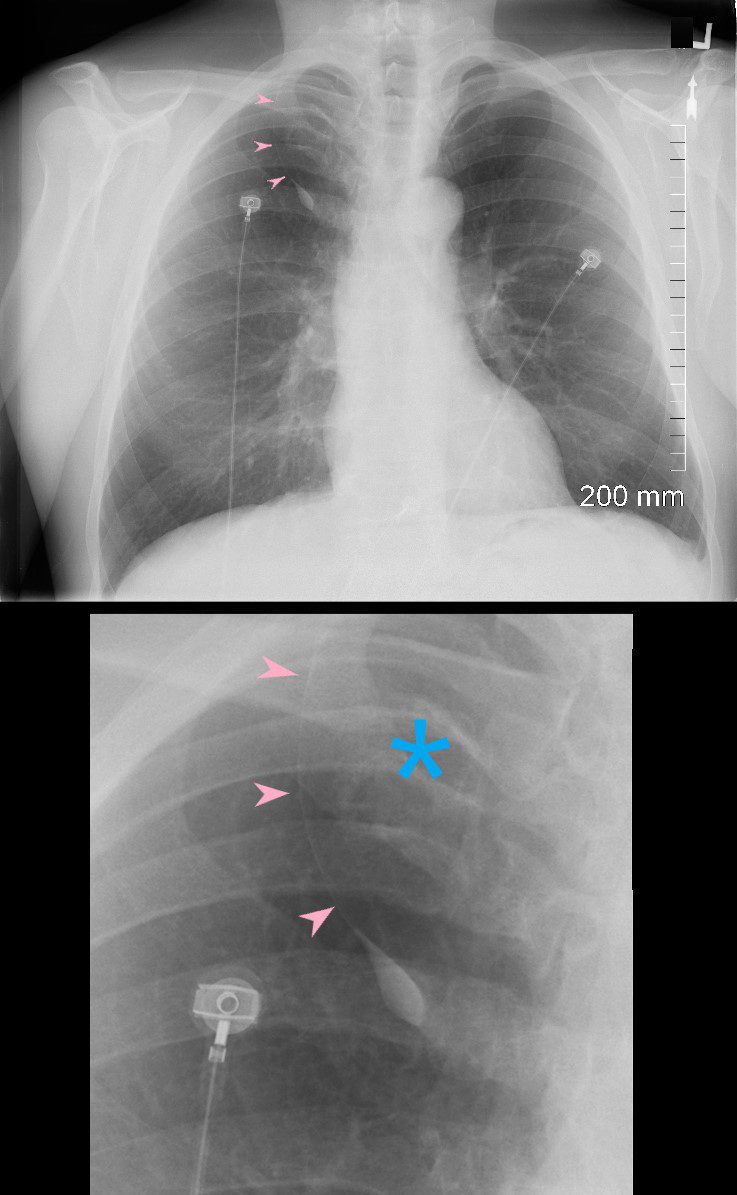
Ashley Davidoff MD
TheCommonVein.net 139142cL
139143c-azygos-lobe-fissure-CXR-scaled.jpg
Azygos Fissure and LobeAshley Davidoff MD
TheCommonVein.net 139143c
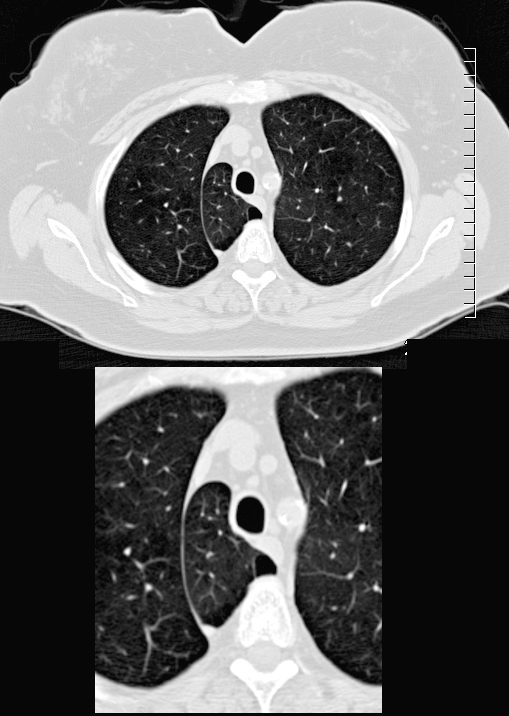
Ashley Davidoff MD
TheCommonVein.net 139148c
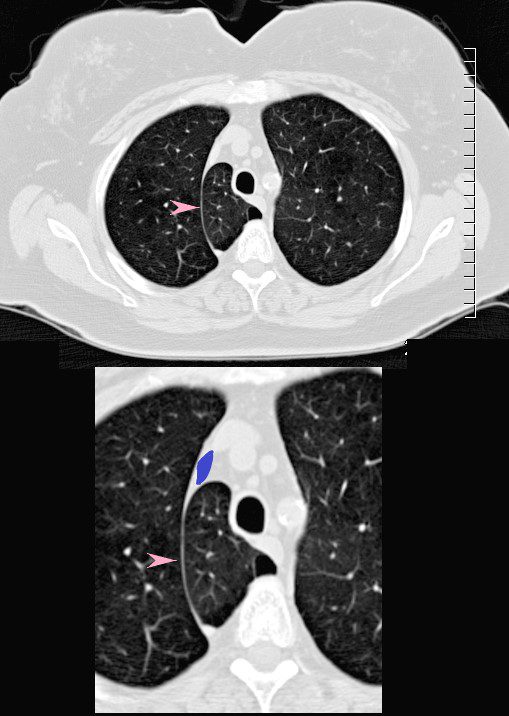
Ashley Davidoff MD
TheCommonVein.net 139148cL
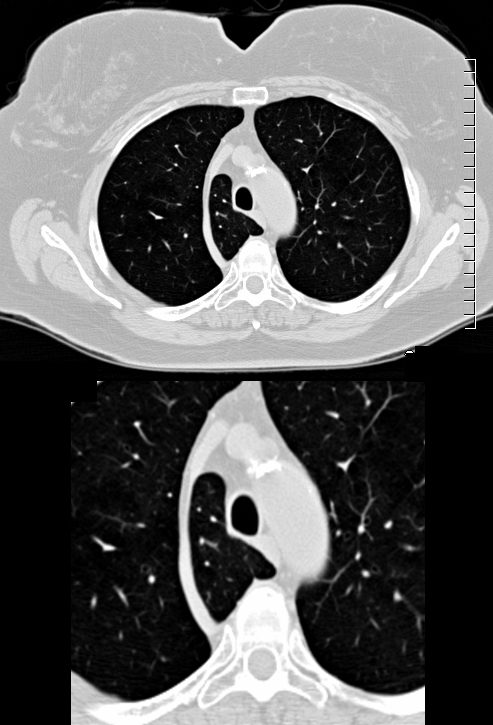
Ashley Davidoff MD
TheCommonVein.net 139149c
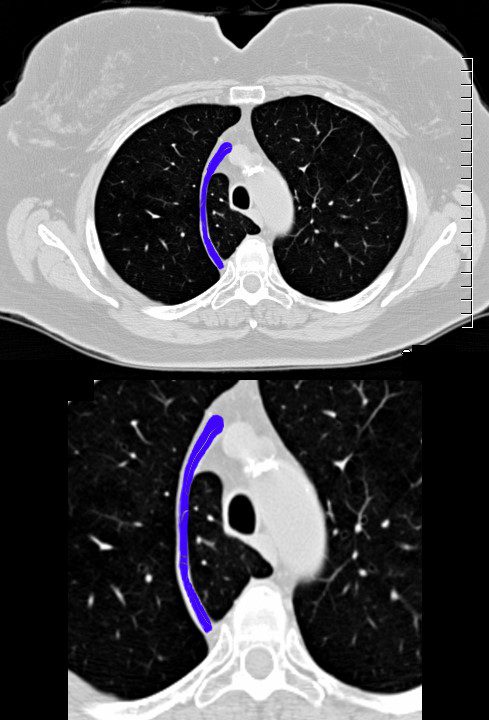
Ashley Davidoff MD
TheCommonVein.net 139149cL
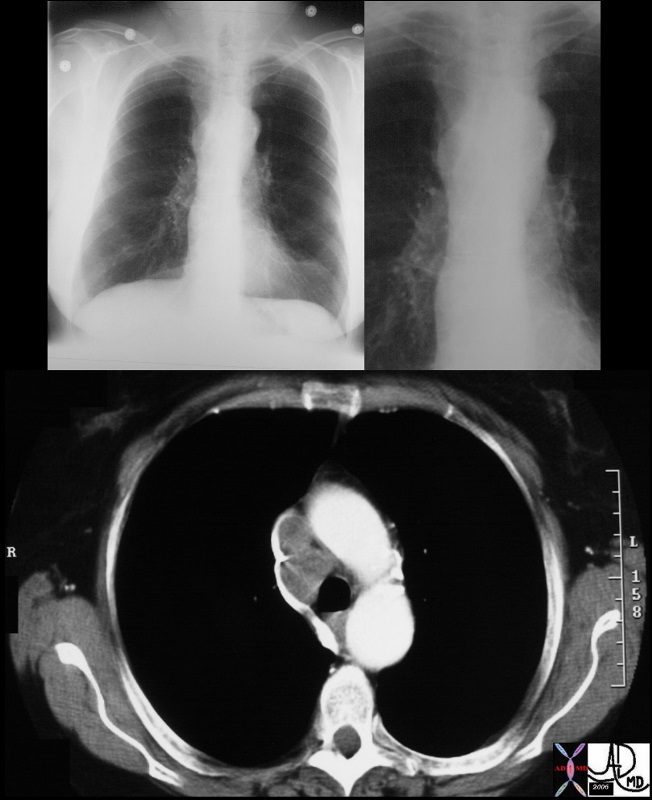
The node in the azygos region is pathologically enlarged but at pathology was shown to be reactive. note the subtle deformity of the azygos region on the CXR
Courtesy Ashley Davidoff MD TheCommonVein.net 33082c01
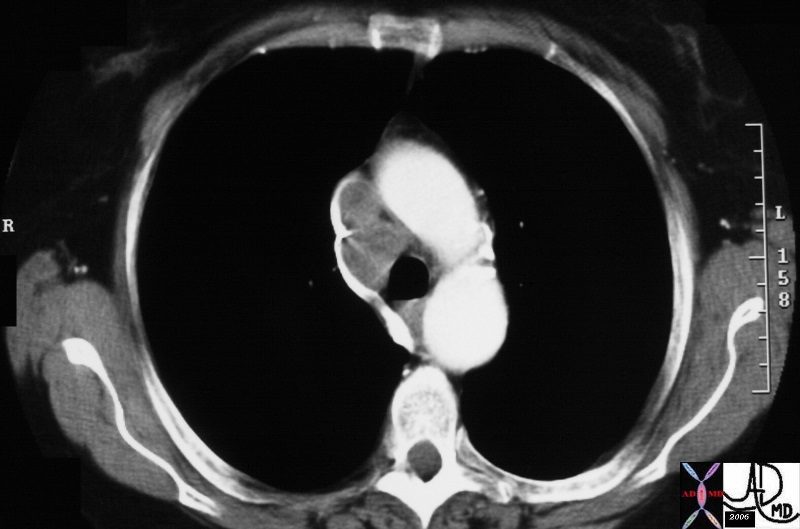
The node in the azygos region is pathologically enlarged but at pathology was shown to be reactive. note the subtle deformity of the azygos region on the CXR
Courtesy Ashley Davidoff MD TheCommonVein.net 33080.800
Radiological Definition and Appearance
On imaging, the azygos fissure appears as a curved line or arc in the right upper lung zone, typically near the right apex. It is created by four layers of pleura: two layers of visceral pleura from the lung and two layers of parietal pleura from the mediastinum, which surround the azygos vein as it arches over the lung.
- Azygos Lobe: The azygos fissure encloses a small part of the right upper lobe, sometimes referred to as the azygos lobe. This is not a true separate lobe but rather a subdivision of the upper lobe.
- Azygos Vein: The azygos vein typically travels in a more medial path along the right side of the mediastinum, arching over the right main bronchus before joining the superior vena cava. In cases with an azygos fissure, however, the vein takes a more lateral course, creating an accessory fissure as it moves to its final position in the mediastinum.
Key Features on Imaging
- Curved Line: The azygos fissure appears as a thin, curved line in the right upper lung field on X-ray.
- Azygos Vein: A rounded density or ?dot? is seen at the lower end of the fissure, representing the azygos vein within the fissure.
- Location: Typically located in the right upper lobe, the fissure extends from the lung apex down toward the right hilum.
Clinical Relevance
- Incidental Finding: The azygos fissure is usually an incidental finding and is clinically insignificant.
- Surgical Consideration: Surgeons should be aware of this variant to avoid complications during procedures involving the right lung or mediastinum.
In summary, the azygos fissure is a radiologically visible accessory fissure in the right upper lung lobe, formed by the anomalous course of the azygos vein and surrounding pleura. It is usually identified on imaging as a thin, curving line with a small round opacity representing the azygos vein.
